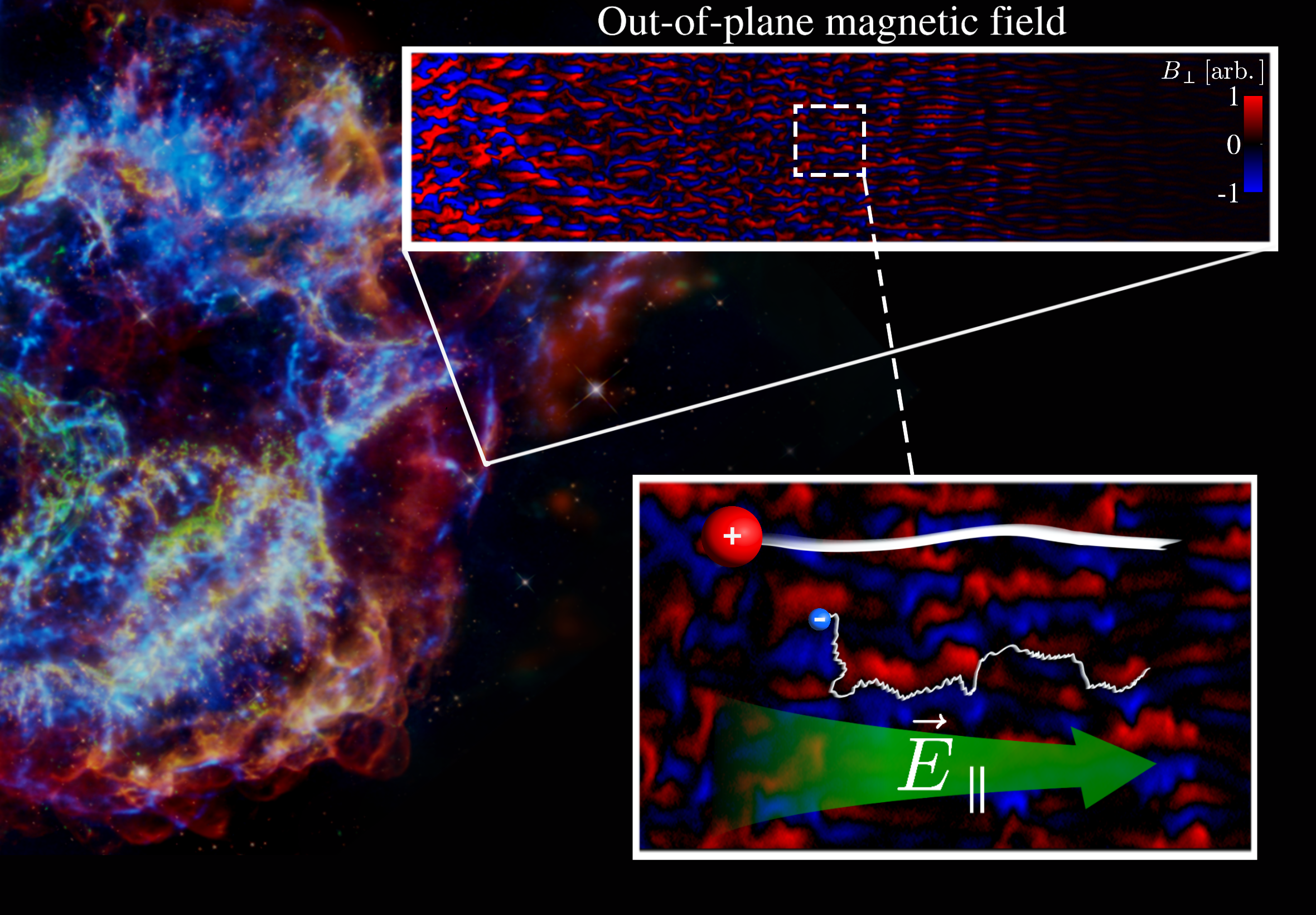024-06-26 ペンシルベニア州立大学(PennState)
<関連情報>
- https://www.psu.edu/news/engineering/story/self-assembling-highly-conductive-sensors-could-improve-wearable-devices/
- https://onlinelibrary.wiley.com/doi/10.1002/adma.202400082
自己組織化を利用した印刷可能な非対称自己絶縁伸縮性導体によるヒューマンインターフェース Self-Assembly Enabled Printable Asymmetric Self-Insulated Stretchable Conductor for Human Interface
Salahuddin Ahmed, Marzia Momin, Jiashu Ren, Hyunjin Lee, Tao Zhou
Advanced Materials Published: 02 April 2024
DOI:https://doi.org/10.1002/adma.202400082

Abstract
Soft and stretchable conductors with high electrical conductivity and tissue-like mechanical properties are crucial for both on-skin and implantable electronic devices. Liquid metal-based conductors hold great promise due to their metallic conductivity and minimal stiffness. However, the surface oxidation of liquid metal particles in polymeric matrices poses a challenge in forming a continuous pathway for highly conductive elastic composites. Here, it is reported a printable composite material based on liquid metal and conducting polymer that undergoes a self-assembly process, achieving high conductivity (2089 S cm-1) in the bottom surface while maintaining an insulated top surface, high stretchability (>800%), and a modulus akin to human skin tissue. This material is further applied to fabricate skin-interfaced strain sensors and electromyogram sensors through 3D printing.



